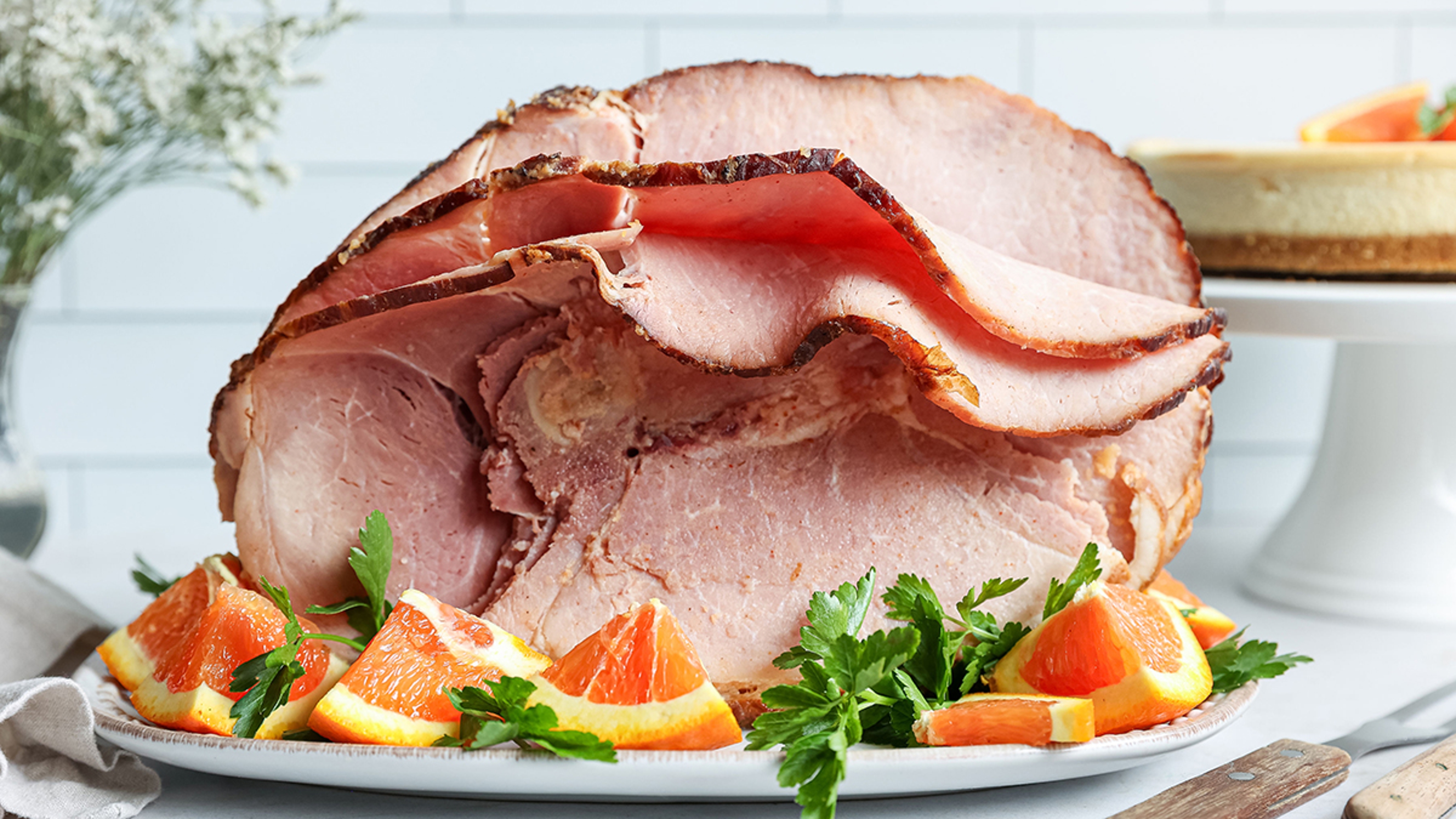Protecting Our Pear Trees from Frost Damage
Growing the perfect pear is a perilous year-round process of pampering our very special pear trees.
Mar 07, 2014
March is an extremely fragile time for buds on fruit trees. They are vulnerable to freezing temperatures and frost. In the valley, the last day a frost can occur is typically May 17. That means the time from mid-March, when the buds begin to swell until mid-May, when the danger of frost has passed, the orchard workers are vigilant and prepared to defend the blossoming trees if temperatures drop to critical lows.
In the Rogue Valley it is not uncommon during the frost season for the temperatures to change 40 degrees in a single 24-hour period. The "frost team" relies upon 19 weather stations strategically positioned across the valley orchards. Each alarm is set with a two-degree cushion above critical. If nighttime temperatures drop to that point, the alarm alerts key team members. Their workday begins in the middle of the night! The frost team utilizes three different methods of protecting the fruit trees, depending upon the severity of the frost and the location of the orchard.
Huge fans, or wind machines, work with nature to circulate heat radiating from sun-warmed soil. If a strong inversion layer exists, the fans can raise the temperature in the orchards by as much as four degrees and hold it there for a couple of hours.
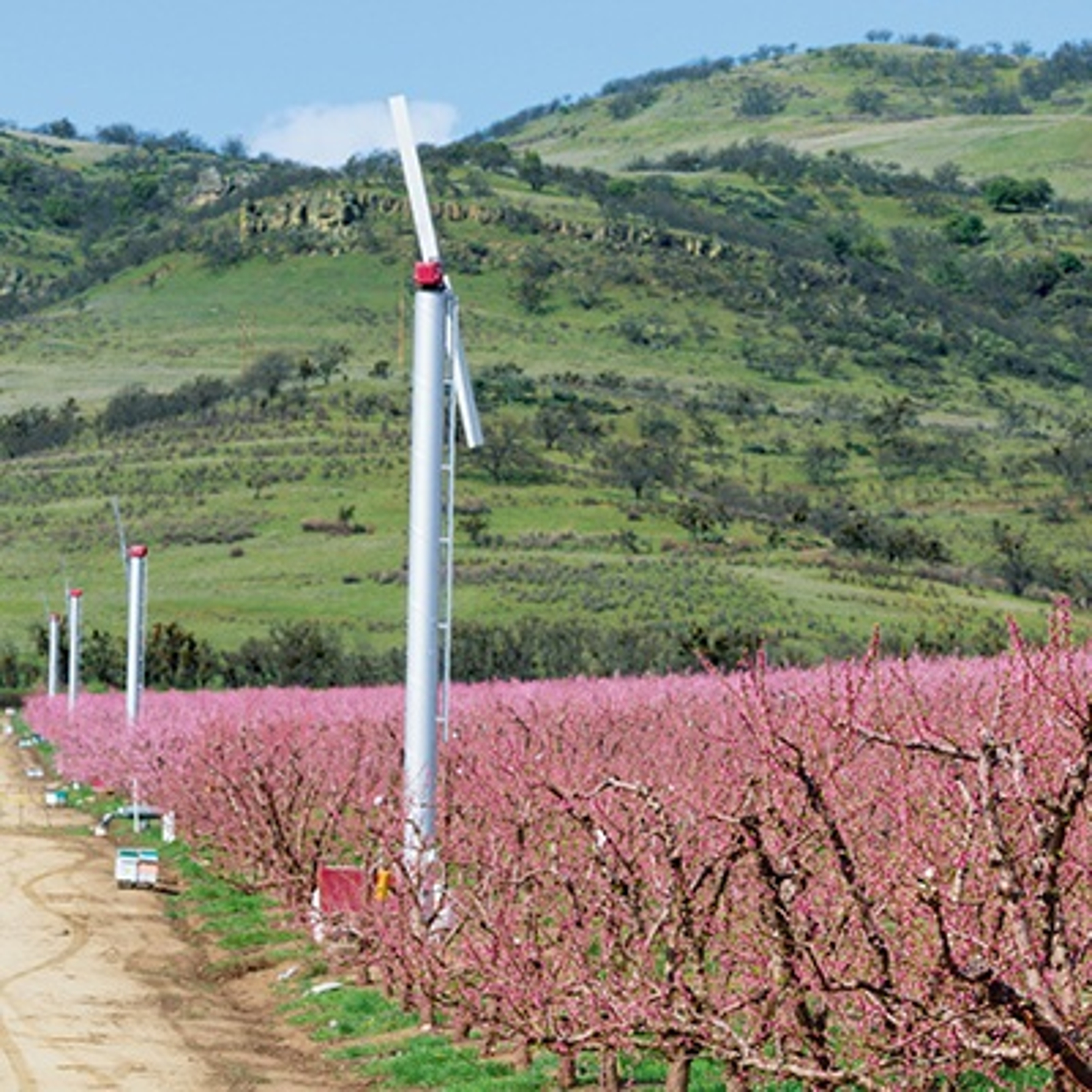
Orchards that are near a river or large pond are protected by water sprayed from overhead sprinklers. As the water coats the buds, it freezes, giving off latent heat and protecting the buds themselves from sub-freezing temperatures.
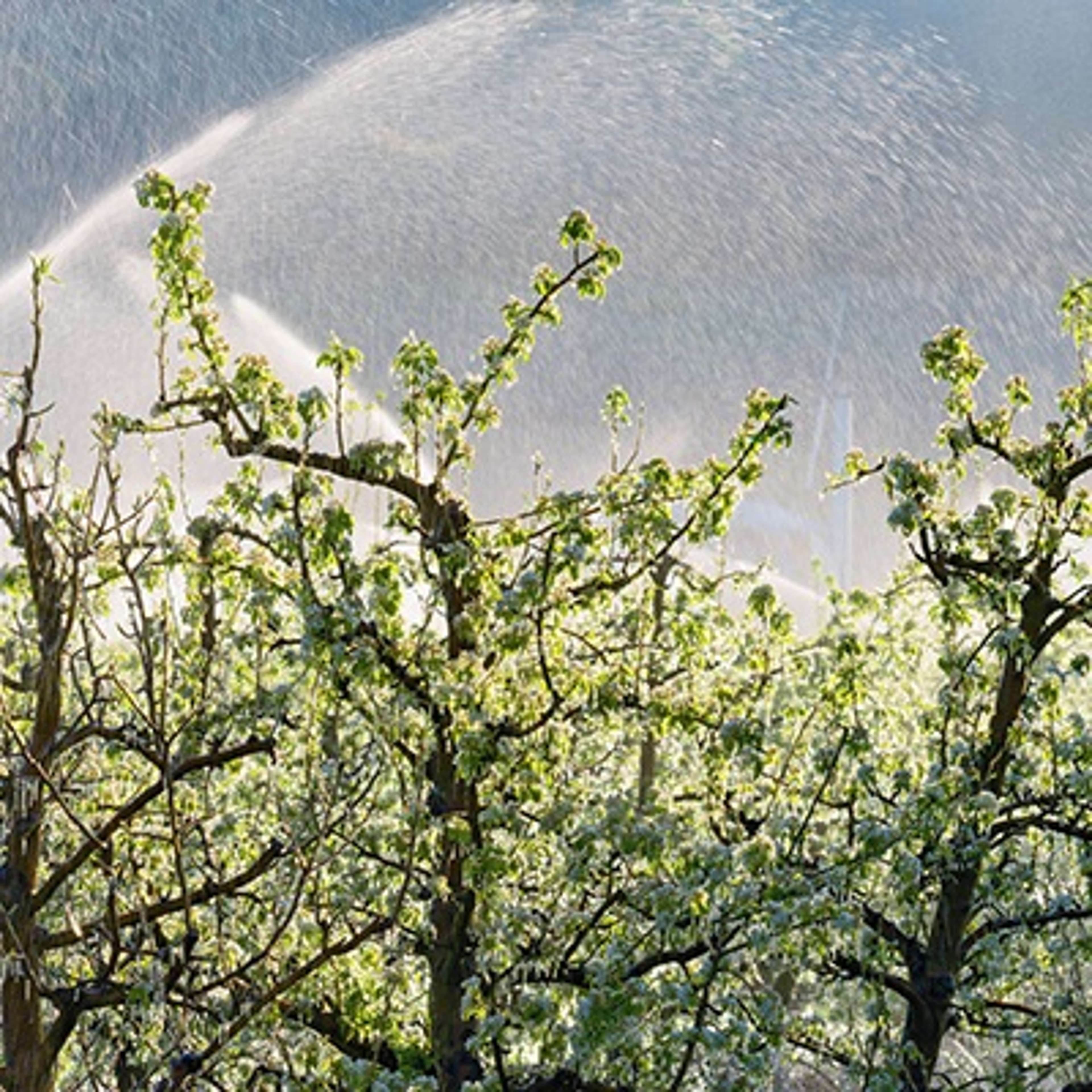
When fans run out of warm air from the surrounding environment, heaters placed strategically throughout the orchards are lit to add heat back to the system. These heaters need to be lit one by one using torches and ATVs. Torch-bearing teams of three can quickly light hundreds of heaters and rapidly raise the temperature of the entire orchard above critical.
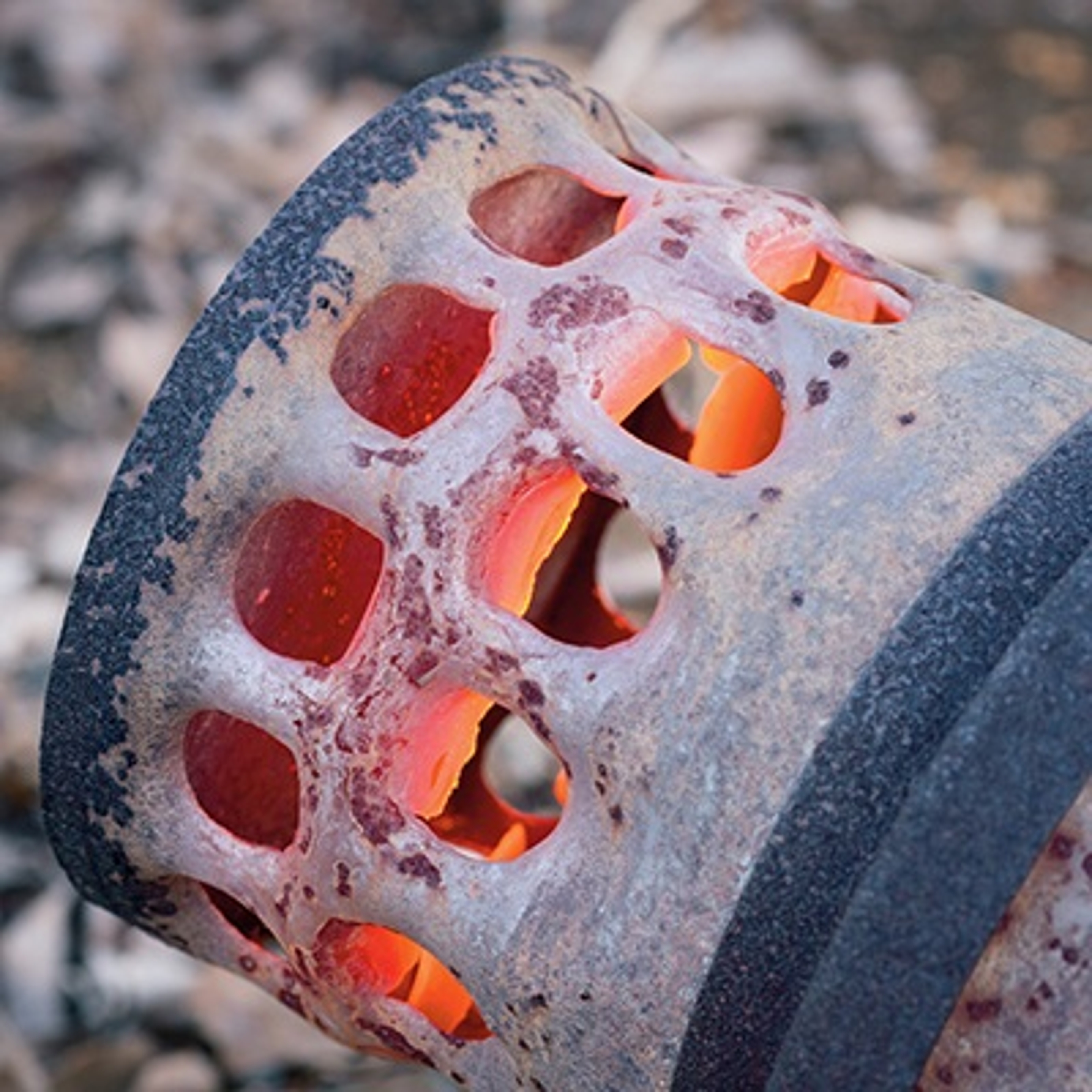
These three methods of protecting our pear trees from frost damage are all very effective. Frost alarms usually occur in the early pre-dawn hours of the day. That means our orchard workers are out toiling in the cold while most of us are still warm and snug in bed. They buy the critical time needed until the precious sunrise arrives to melt the ice and raise temperatures. Let’s all give a hearty thank you to this dedicated team that’s entrusted with the stewardship of our world famous pears.
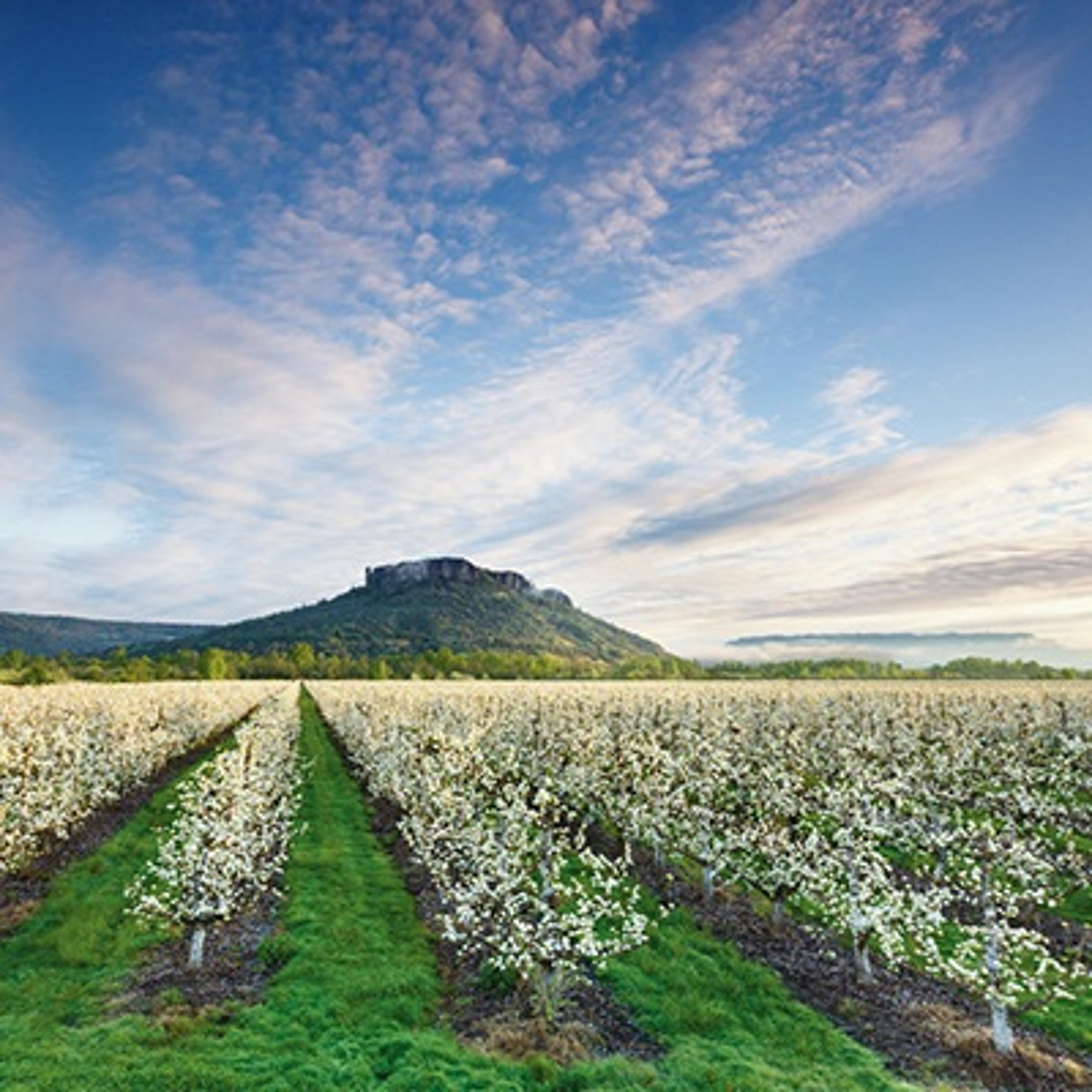
.svg?q=70&width=384&auto=webp)


